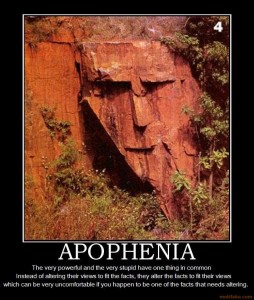Adam Gopnik’s exceptional review of Elaine Pagels’ new book on The Book of Revelations in The New Yorker brings the complexity of the early 1st Millenium into stark focus. Were the Pauline tracts aberrant and Revelations an attempt to turn early Christianity back from Gentile contamination? Why was the book so controversial and the early Christian world filled with so many heresies? Arianism, Sethianism, Valentianism, and the list goes on and on…only to be resolved by political wrangling and ecumenical councils.
Noteworthy is Pagels’ inclusion of discussion of the Nag Hammadi poem, Thunder, Perfect Mind. Gopnik points us to a Ridley Scott commercial for Prada that includes a reading of it:
Thunder Perfect Mind – a Prada Film starring Daria Werbowy from M G on Vimeo.
Also notable is that the model uses some cherry picking of the poem content. “I am the whore and the holy one” probably has the wrong resonance for a Prada perfume. From mystic revelation to luxury goods…as astonishing a journey as The Book of Revelations.… Read the rest




